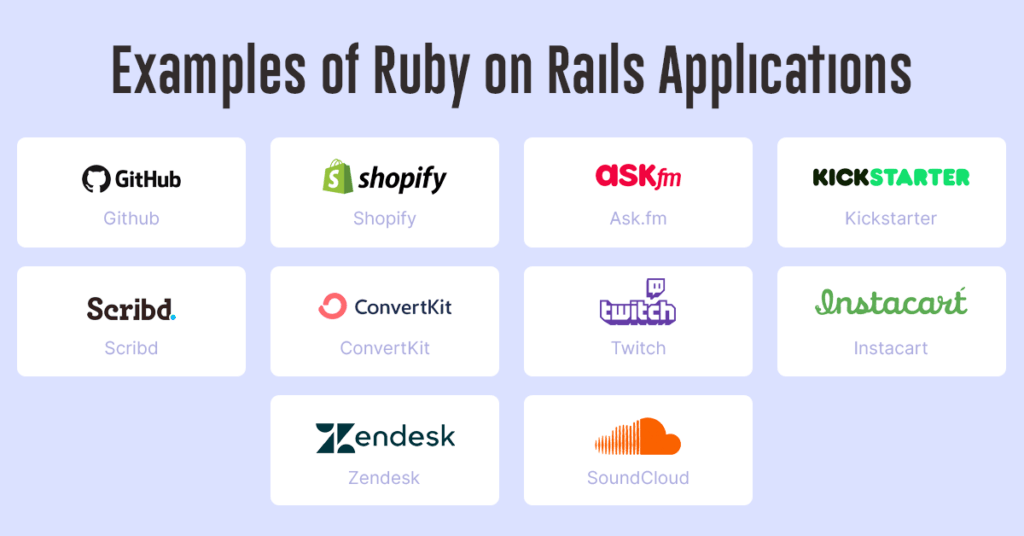Your Path to Higher Education Success
Empowering students with insights and guidance for college degrees.
Rails and Tails: The Adventures of a Ruby Developer
Join the wild journey of a Ruby developer as we explore coding tips, tricks, and tales from the Rails world—get inspired today!
Exploring the Rails: Top Tips for Aspiring Ruby Developers
Embarking on your journey as a Ruby developer can be both exciting and challenging. One of the best areas to focus on is Ruby on Rails, a powerful web application framework that simplifies the development process. To get started, consider familiarizing yourself with the basics of Ruby through resources like tutorials and online courses. Once you have a solid understanding of the language, dive into Rails by setting up your development environment. Follow these steps:
- Install Ruby and Rails on your machine.
- Create a new Rails application using the command line.
- Explore the project structure and understand key concepts like MVC (Model-View-Controller).
As you gain experience, remember that the Ruby on Rails community is one of your greatest assets. Engaging with fellow developers can help accelerate your learning. Consider joining forums, attending meetups, or participating in hackathons. Reading documentation and subscribing to Rails podcasts can also keep you updated on best practices and emerging trends. Additionally, don't overlook the importance of writing clean, maintainable code. Establish a solid foundation in test-driven development (TDD) as it ensures that your applications are reliable and reduces bugs in the long run.

Common Ruby on Rails Pitfalls and How to Avoid Them
When working with Ruby on Rails, developers often encounter several common pitfalls that can hinder their application's performance and maintainability. One prevalent issue is overloading the controller with too much logic, which can make it difficult to manage and test. To avoid this, consider employing service objects or decorators to encapsulate complex business logic, thus keeping your controllers clean and focused on handling requests.
Another frequent challenge arises from the misuse of ActiveRecord queries. Developers may unknowingly load all records into memory instead of using more efficient query techniques. To prevent performance degradation, make sure to utilize methods like select and pluck for only fetching necessary data, and leverage pagination with gems like kaminari or will_paginate to handle large datasets more efficiently.
How to Build Your First Web Application with Ruby on Rails
Building your first web application with Ruby on Rails can be an exciting and rewarding experience. Rails is a powerful framework that allows developers to create robust web applications quickly and easily. To start, ensure you have the Ruby programming language and Rails framework installed on your system. Begin by setting up your development environment and running the command rails new my_app in your terminal, where my_app is the name of your application. This command will create a new directory containing all the necessary files and folders to get your application up and running.
Next, navigate into your application directory using cd my_app and start your Rails server by executing rails server. This will allow you to view your application in a web browser at http://localhost:3000. From here, you can generate new resources such as models, controllers, and views with simple commands. For instance, running rails generate scaffold Post title:string body:text creates a basic blog post model with associated views and controller actions. The final step is to run rails db:migrate to create the database tables. With these steps, you've successfully built the foundation of your first web application using Ruby on Rails.